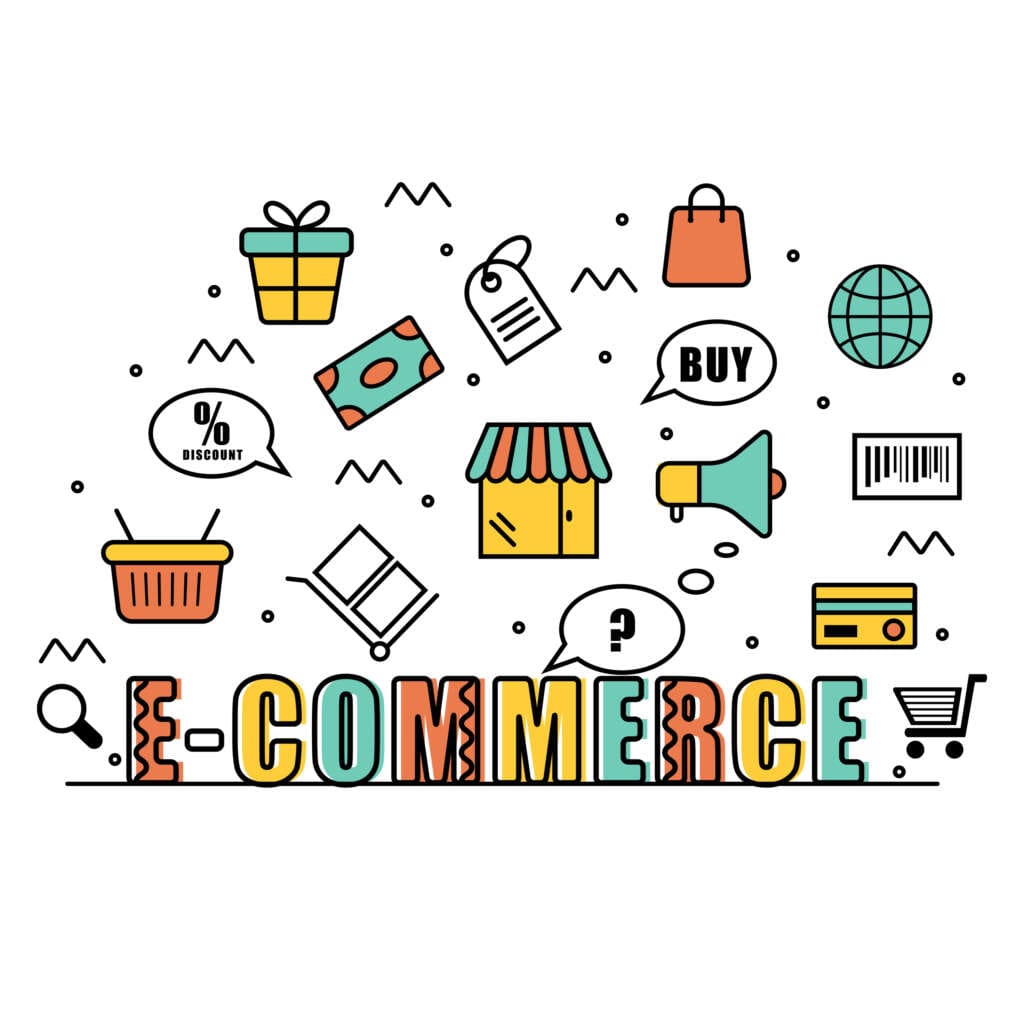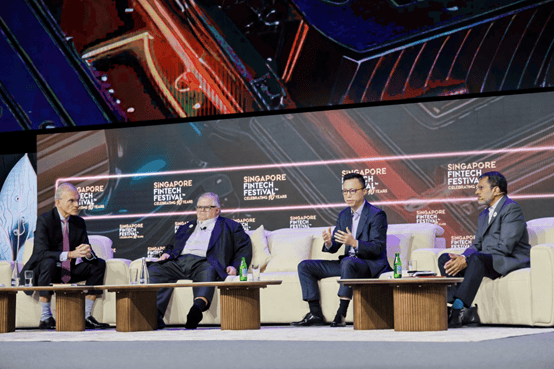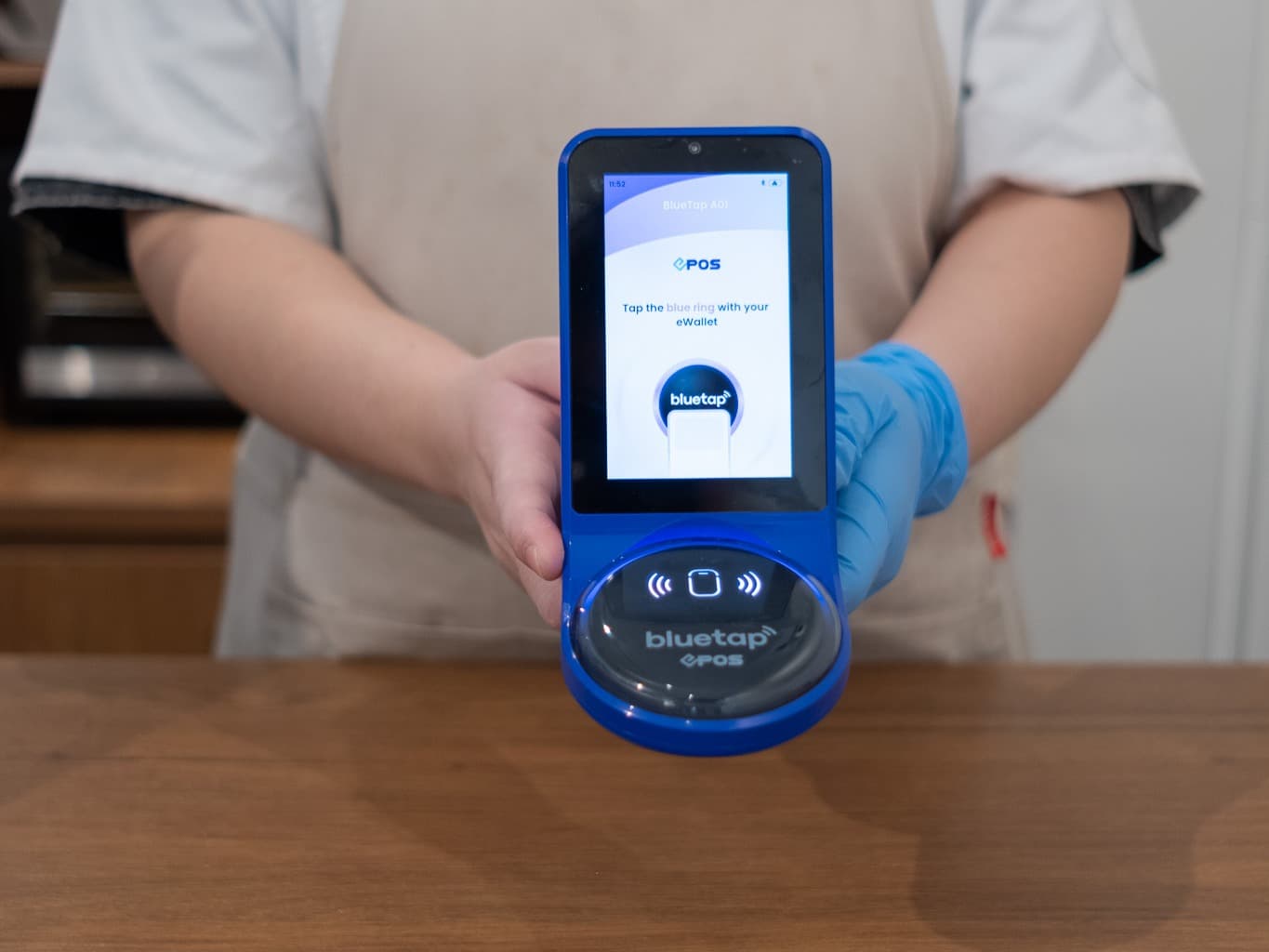

By Kate Asinskaya, Chief Commercial Officer of Vyking.io
Demand for online shoe shopping is growing steadily.
According to Grand View Research, the global e-commerce footwear market was worth around $99 billion in 2021 and is expected to expand at a compound annual growth rate of almost 7% over the next six years.
This is largely being driven by developed markets such as the US and the UK, which are seeing heightening demand for footwear products on e-commerce platforms. Consumers are responding to trends around wellness, comfort and fashionable footwear, and the rising influence of social media, with online retailers making it easier than ever to purchase a wide range of goods.
Competition is rife, especially since the pandemic prompted consumers the world over to turn to online forms of shopping amid restrictions on the ability to shop in-store.
Much of that shift has stuck as e-commerce firms rose to the occasion. Moving forwards, those which continue to go above and beyond to offer a differentiated customer experience (CX) will assume a greater market share.
Responsive and efficient customer service, reliable next-day delivery, excellent website/app useability, and a wide variety of payment options… are just some of the things that may convert a one-time shoe purchaser into a loyal customer of an e-commerce footwear platform.
Technology holds the key to many of these important CX drivers, both in terms of the back end and front end of the business operation.
At the front end, another growing trend in the world of digital shoe retail is the possibility of ‘trying on’ footwear through Augmented Reality (AR) portals.
An age-old problem that holds some consumers back from buying shoes (and other fashion items) online has been the prospect of disappointment when the physical product arrives and fails to meet expectations either around quality, style or appearance.
AR and virtual try-on (VTO), however, have the potential to mitigate at least some of these issues around consumer expectations.
Now, online footwear retailers have the opportunity to bring customers closer to their products by recreating some of the in-store trying-on experience. Moving far beyond a series of photos and videos, shoppers can see what a shoe will actually look like on their own feet in their own environment, allowing them to make a far more informed purchasing decision.
The data is adding up for AR
Those who are already using AR are making gains. This is shown by the data we are gathering from a variety of footwear e-commerce platforms.
Indeed, our customers are reporting increases in add-to-basket and conversion rates as well as a decrease in return rates. This goes back to the aforementioned issue about aligning customer expectations – with AR, online consumers can be more certain about style and how a shoe will suit them.
And the use of AR need not be limited to high-profile product releases which inevitably involve heavy marketing activity.
Far from being a marketing gimmick, the business case for investing in these types of tools is building all the time, so much so that we have clients who have rolled this out across thousands of their footwear products.
Four tips to make the most of AR
Retailers need to think carefully about how they approach AR.
The implementation of AR and VTO needs to be monitored closely. Data must be analysed to help businesses ensure that they aren’t throwing away money on a ‘nice to have’ feature. Indeed, they should be looking at the end-to-end life cycles of any AR deployment so that it can benefit sales and their brand positively.
For those online footwear retailers considering the adoption of AR, there are four tips I can share which will help to maximise the benefits this tool can offer.
The first is to start small. Focus on your best-performing products and resist the temptation to go big on the entire range.
Second, monitor that small sample and ensure the business case for rolling it out across other product lines is there – extracting and analysing data is absolutely critical to ensuring you make the most informed decision.
Lightweight, photorealistic 3D models are a must. Your customers need to experience the best possible 3D representations of your products that load quickly. This realism is achieved through the strategic use of lighting, shadows and textures, producing the best results. We work with a number of vetted partners who are able to produce high-quality 3D content affordably and at scale.
Finally, think about how to incorporate the VTO experience into the existing customer journey. Where does it make sense to display the feature to the customer and what visual language should be used to draw customer attention to the feature?
Our team is on hand to advise on best practices to ensure a successful rollout of VTO across your product catalogue.
Looking ahead
As more online shoe retailers follow these principles and extract maximum value from AR, I believe we will start to see virtual try-on across even more product categories beyond footwear.
One of our focuses is on developing AR services for e-commerce platforms selling watches, jewellery and jackets, among other fashion items. Key to scaling will be the development of automated technology to create 3D content from 2D images, something we’re already working on as it is the single-greatest development that will bring the cost to market down for retailers.
Is there a role for this in-store as well? While the primary use case is to augment the online shopping experience, there are potential ways to integrate AR into physical retail settings.
For example, QR codes could be placed beneath shoes so they can be virtually ‘tried on’ while customers are waiting. It could also be useful when certain shoes are out of stock – customers can try the shoe on and commit to an in-store purchase or buy online.
The main focus, however, will continue to be on leveraging AR to add an extra dimension to online footwear shopping.


